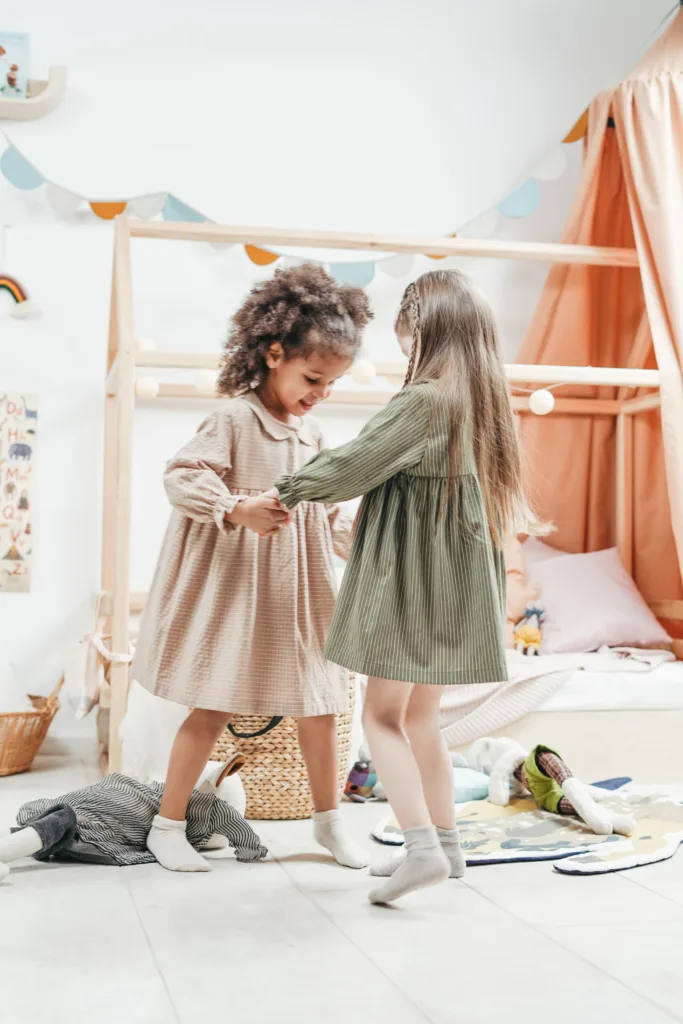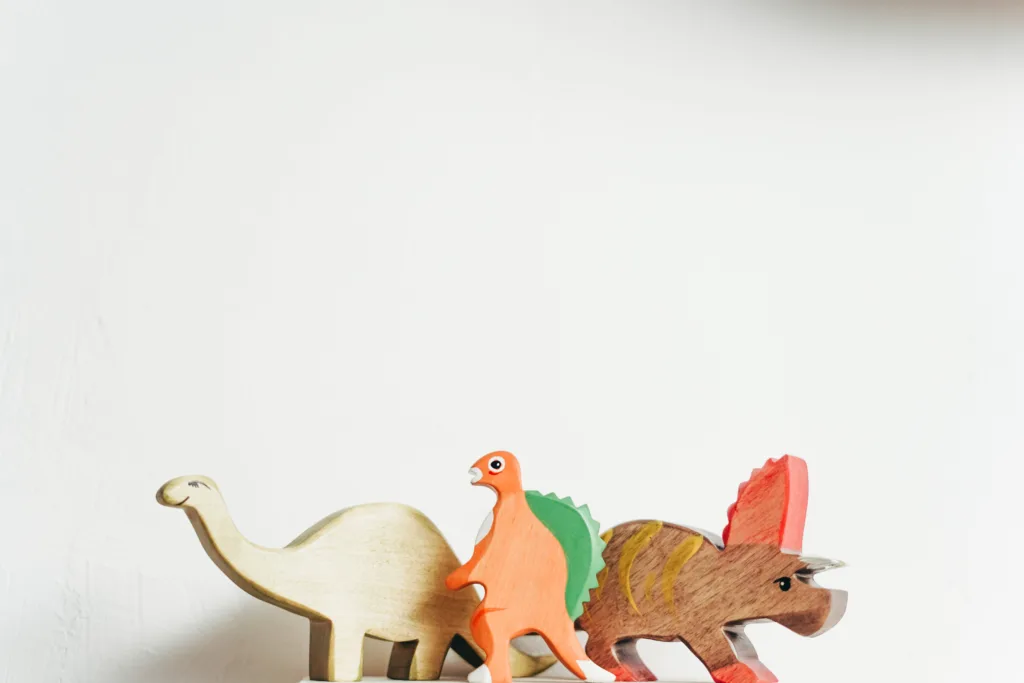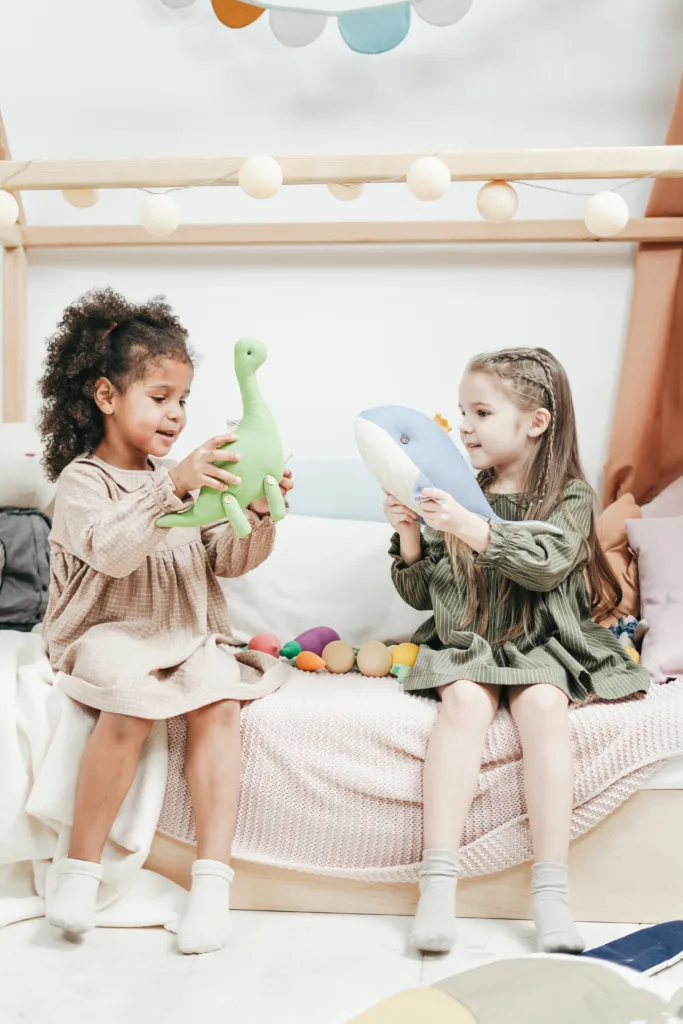Imagining a playroom that not only captivates your children’s imagination but also keeps them entertained throughout the day? Look no further! In this article, we will provide you with valuable tips and tricks on how to create an inviting playroom that will have your little ones laughing, learning, and playing to their heart’s content. From incorporating vibrant colors to strategic storage solutions, these tips will help you transform your space into a haven of fun and creativity. Get ready to watch your kids embark on countless adventures, all within the comfort of their very own playroom!

Choose the Right Location
When designing a playroom, one of the first things you should consider is the size of the space. It’s important to choose a room that is large enough to accommodate all the toys, furniture, and activities you have in mind. A cramped playroom can make it difficult for your child to play and move around freely, so be sure to choose a room that has enough space for everything.
In addition to size, natural lighting is another important factor to consider when choosing a location for your playroom. Natural light not only brightens up the space but also has numerous benefits for your child’s well-being. So, if possible, choose a room that has large windows or is positioned in a way that allows plenty of sunlight to filter in.
Another aspect to think about is the proximity of the playroom to other areas of the house. It’s ideal to have the playroom located near the main living areas so that you can keep an eye on your child while you go about your daily activities. However, if noise level is a concern, you may want to consider placing the playroom in a more secluded area of the house.
Layout and Organization
To create an inviting playroom that promotes independent play, it’s important to designate specific zones within the space. This can help keep toys and activities organized and prevents the playroom from becoming cluttered. You can create different zones such as a reading corner, an art station, and a play area for imaginative play. This way, your child will know where to find things and where things belong, making it easier for them to clean up after themselves.
In addition to zoning, creating a comfortable seating area is essential for both children and parents. Include a cozy sofa, bean bags, or floor cushions where you and your child can relax and spend quality time together. This seating area can also double as a spot for storytelling or pretend play, making it a versatile and inviting space.
Storage solutions are crucial in a playroom to keep toys and other items organized. Use bins, shelves, and cubbies to keep everything tidy and easily accessible. Labeling these storage solutions will not only help in organizing the playroom but also teach your child about categorization and responsibility.
Safety should always be a priority when designing a playroom. Ensure that furniture is secured to the walls to prevent tipping. Avoid sharp edges or furniture with small parts that can pose a choking hazard. Install safety gates if necessary, especially if your playroom is near stairs or other hazardous areas of your home.

Select Age-Appropriate Toys and Activities
When choosing toys and activities for your playroom, it’s important to consider the age and interests of your children. Younger children may enjoy toys that stimulate their senses, such as soft toys, rattles, and brightly colored objects. As they grow older, you can introduce more complex toys that encourage problem-solving, creativity, and imaginative play.
Providing a variety of toys and activities in the playroom is key to keeping your child entertained. Include toys that cater to different interests, such as building blocks, puzzles, dolls, cars, and art supplies. This way, your child will have a range of options to choose from and can switch between activities to keep themselves engaged and entertained.
Including educational and pretend play items in your playroom can help stimulate your child’s learning and imagination. Incorporate items such as puzzles, board games, building sets, and dress-up costumes. This will not only provide entertainment but also promote cognitive development and social skills.
To prevent boredom and keep the playroom fresh and exciting, consider rotating toys on a regular basis. Store some toys out of sight and periodically switch them out with the toys currently in use. This will make the playroom feel new and interesting each time your child enters.
Bring the Outdoors In
Incorporating natural elements into your playroom can create a calming and refreshing atmosphere. Consider adding plants to the space, such as potted plants or hanging baskets. Not only do plants add aesthetic appeal, but they also have the added benefit of improving air quality.
To bring more of the outdoors into your playroom, consider including a mini indoor playground or climbing wall. This can provide an outlet for your child’s physical activity and encourage them to explore their surroundings. Make sure to install appropriate safety measures and provide proper guidance and supervision.
Using wallpaper or decals with nature themes can also add a touch of the outdoors to your playroom. Choose designs that feature trees, animals, or landscapes to create a visually stimulating environment that sparks your child’s imagination.

Create a Cozy Nook
In addition to a comfortable seating area, creating a cozy nook within the playroom can provide a special space for your child to retreat and relax. Include soft and comfortable seating options such as bean bags, floor pillows, or a reading chair. Add blankets and pillows to make the nook inviting and cozy for snuggling or reading.
To promote a love for reading, provide a dedicated reading corner within the playroom. Include a bookshelf filled with age-appropriate books and ensure that there is proper lighting in this area for reading. Consider adding bean bags or a small tent or teepee to create a secluded and cozy space for your child to enjoy their books.
Encourage Creativity
Art is an important form of expression for children and can be easily incorporated into your playroom. Set up an art station with an easel, a variety of art supplies, and a designated area for your child to create. This will encourage their creativity and provide a space for them to explore different mediums and techniques.
To further encourage artistic expression, provide a chalkboard or whiteboard for drawing and doodling. This gives your child the freedom to create without the worry of making a mess. They can easily erase and start fresh whenever inspiration strikes.
A craft area with materials for DIY projects is another great addition to a playroom. Include items like colored paper, glue, scissors, and stickers to spark your child’s imagination and foster their creativity. Displaying their artwork on the walls is a fantastic way to showcase their creations and make them feel proud of their accomplishments.
Promote Physical Activity
It’s important to incorporate physical activity into your playroom design to keep your child active and healthy. Including a mini trampoline or a designated jumping area can provide a fun way for your child to burn off energy. This type of activity is not only enjoyable but also helps with coordination and balance.
A mini basketball hoop or soccer goal can also be a great addition to your playroom. This allows your child to engage in active play and practice their hand-eye coordination and motor skills. Make sure the area around these activities is clear of any obstacles to prevent accidents.
If space allows, consider including a balance beam or yoga mats in the playroom. This encourages your child to improve their balance, flexibility, and core strength. Incorporate different types of sensory play mats, such as ones with different textures or shapes, to further enhance their physical development.
Install Proper Lighting
Proper lighting is essential in a playroom to create an inviting and functional space. Ensure that the room has adequate overhead lighting to brighten up the entire area. This can be achieved through ceiling fixtures, track lighting, or recessed lighting.
In addition to overhead lighting, include task lighting in specific areas of the playroom. This can be achieved with desk lamps or floor lamps placed near activity zones such as the reading corner or art station. Task lighting helps provide focused light where it’s needed, allowing your child to engage in specific activities comfortably.
Using dimmable lights in the playroom can also create a cozy ambiance during quiet or winding-down times. Dimming the lights can help set the mood for relaxation, storytelling, or calming activities such as reading. Consider installing a dimmer switch or using lamps with adjustable lighting options.
Make it Colorful and Stimulating
When it comes to playrooms, bright and vibrant colors are key to creating an energetic and stimulating environment. Choose colors that are visually appealing and complement each other. Consider utilizing a color scheme that coordinates with the rest of your home decor for a cohesive look.
To add visual interest to the walls, incorporate wall decals or murals with fun and engaging designs. This can range from simple shapes and patterns to more elaborate scenes or characters. Wall decals are easy to apply and remove, allowing you to update the playroom’s look as your child’s interests change.
In addition to colors and decals, make the playroom more interactive by including elements like a magnetic wall. A magnetic wall allows your child to display their artwork, hang up magnetic toys or letters, and engage in hands-on play. It adds another dimension of playfulness and creativity to the space.
Include a Learning Corner
To promote learning and educational activities, set up a dedicated learning corner within the playroom. This can include a desk or table where your child can engage in studying, homework, or other educational tasks. Make sure the workspace is well-lit and comfortable to encourage focused learning.
Provide educational games and puzzles that align with your child’s age and interests. These can help enhance cognitive skills, problem-solving abilities, and critical thinking. Include educational books in a bookshelf nearby, ensuring that they are easily accessible for your child to explore.
Learning through play is an effective way to engage your child’s curiosity and develop their knowledge and skills. Include toys and activities that promote learning in a fun and interactive way. This can include building sets, STEM toys, and educational apps or computer programs. Encourage your child to explore and discover new things through play.


